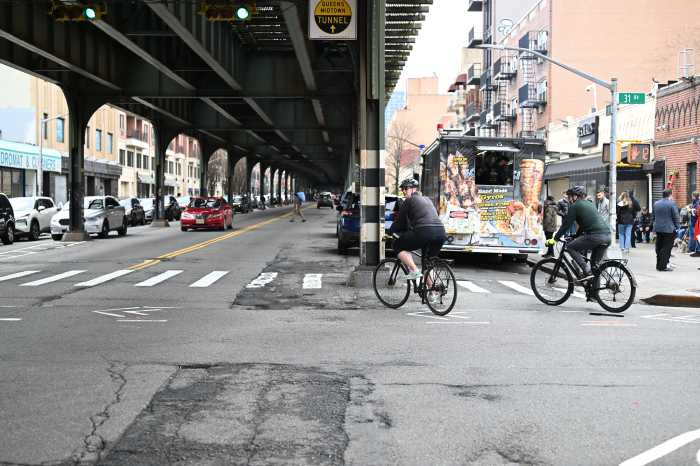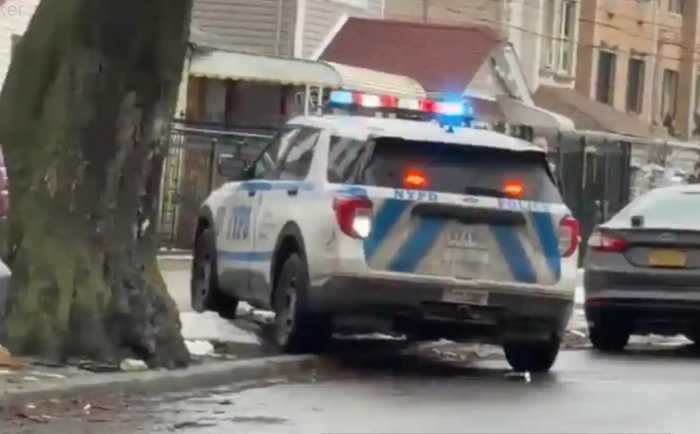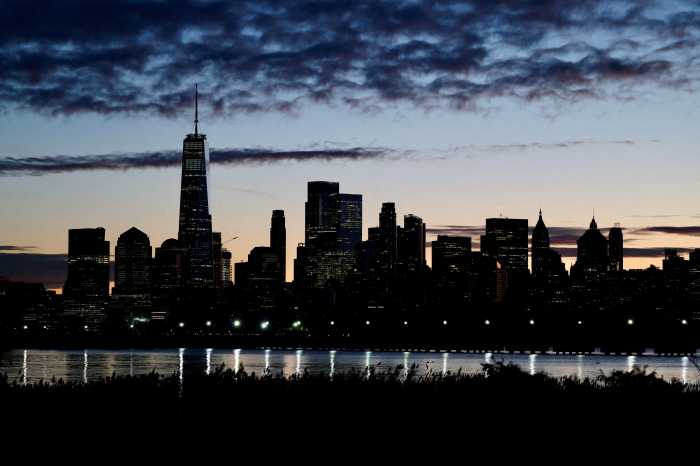Crimes, Fire Deaths Down In 2011
Mayor Michael R. Bloomberg, Police Commissioner Raymond W. Kelly and Fire Commissioner Salvatore J. Cassano announced that near-record levels for public safety were maintained in 2011, with crime on the decline again, and the second-lowest number of fire deaths since comparable records have been kept.
Prior to 2002, the city had not recorded fewer than 600 murders in a year since the early 1960s. According to the mayor, 2011 was the 10th consecutive year in which the city catalogued less than 600 murders, with slightly more than 500 in 2011, a nearly five percent reduction from the previous year and the third lowest total since comparable records were kept starting in 1963.
Overall crime, when compared using the same metrics, fell slightly again in 2011, marking the 21st straight year in which major felony crime has declined. Major felony crime is down by more than 34 percent over the last 10 years.
As of last Tuesday, Dec. 27, 2011, there were 64 deaths due to fires for the year, the second-lowest in history. Fire response times were maintained at near-record low levels and since
–SEE SAFETY ON PG. 56- new technology and dispatch changes were introduced in 2008, fire trucks have been arriving 20 seconds faster, on average, to fire calls than the average response time for the previous 10 years (1999-2007).
Ambulance response times in 2011 to life-threatening calls were the fastest on record at six minutes, 31 seconds, better than the previous low of six minutes, 37 seconds in 2006.
“Despite tough fiscal times, New York’s frontline public safety agencies- the NYPD and the FDNY- continue to keep our city safer than in any time in recorded history,” said Bloomberg. “Their successes are a major reason why our population is at a record high and growing, our life-expectancy has surged, an alltime high of more than 50 million people will have visited our city during 2011 and businesses continue to open and expand in our city, giving us an economic recovery far more robust than many other parts of the nation. Too often, it requires a tragedy for many to remember that the men and women of the NYPD and FDNY put themselves in harm’s way to protect us, but today is a powerful reminder of just how successful they are.”
“The biggest declines happened in neighborhoods where crime was the highest to begin with, among the poorest in the city,” said Kelly. “The Atlantic magazine noted recently that New York’s crime decline was a public good that is ‘truly progressive, benefitting disproportionately the poor and vulnerable who need it most.’ That’s something that police officers of this city have worked hard to accomplish, some making the ultimate sacrifice in the process. It’s an accomplishment they can be proud of.”
“New York City is safer today from the dangers of fire than ever before, and that’s due to the hard work our firefighters and EMS personnel,” said Cassano. “Fires and fire deaths are at or near historic lows, and response times for both fire and EMS are the fastest ever. We are doing the best job we’ve ever done-and that means a safer city for the many millions who live and work here.”
In 2011, the NYPD’s CompStat crime reporting system adjusted tabulations to account for a new state law, which the city supported, that reclassified strangulation in the second degree from a misdemeanor to a felony. The reporting change caused the 2011 CompStat report to show an increase in felony assault, which affects the overall crime reporting statistics as well.
Using the previous definition of felony assault used in 2010, there was a two percent decrease in that category this year compared with last.
Reliable fire statistics date back to 1916, when the city saw 141 deaths. The 64 deaths due to fires in 2011 was the second lowest single year amount in history, with 2010 remaining the record low at 62 deaths.
Since 2002, there have been an average of 88 civilian fire deaths per year-the safest 10-year period since accurate record-keeping began- marking a 37 percent improvement over the previous 10 years, when the city averaged 140 fire deaths per year.
The number of structural fires were down by six percent this year and down 11 percent over the last 10 years. More importantly, serious fires declined by three percent in 2011 and by 15 percent during the last decade.
The FDNY continued to reduce the number of fires in the city through fire prevention and education efforts, which includes rigorous inspection programs and more than 6,000 fire safety presentations throughout the city each year.


































